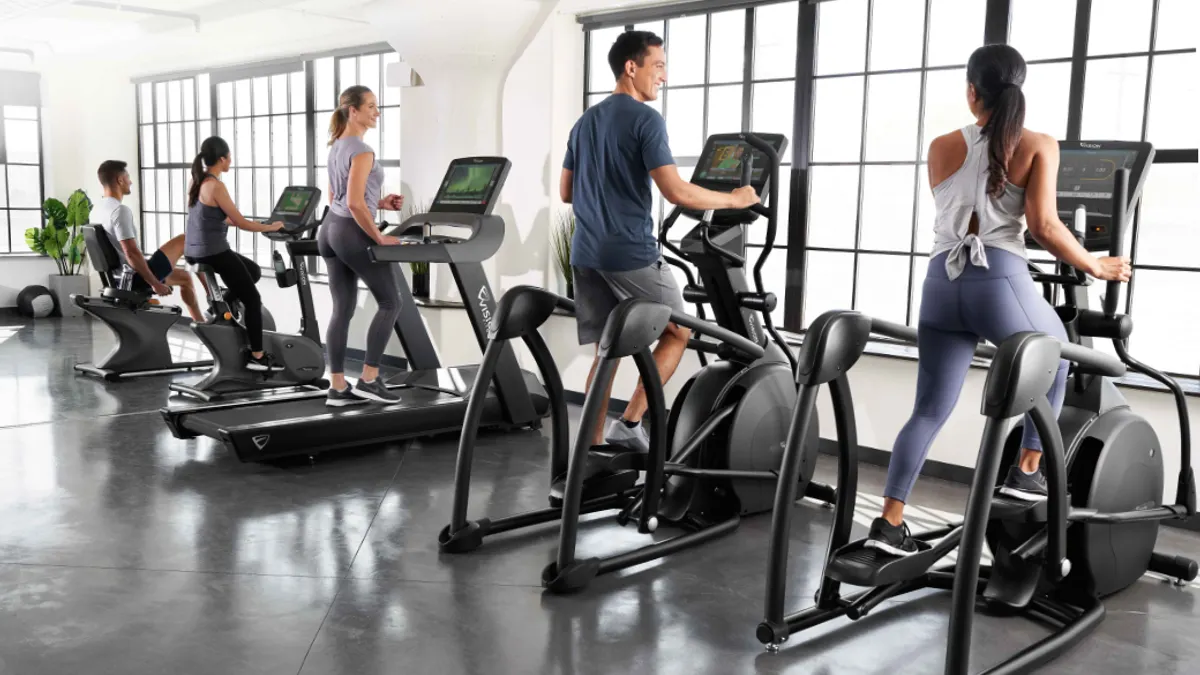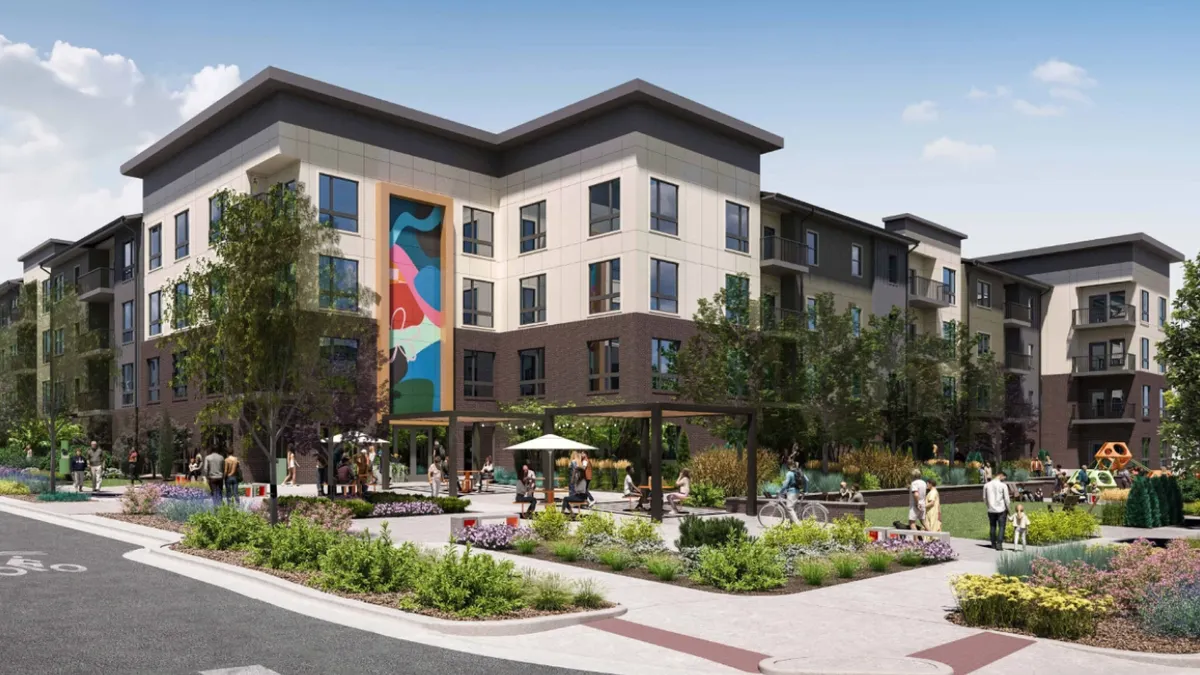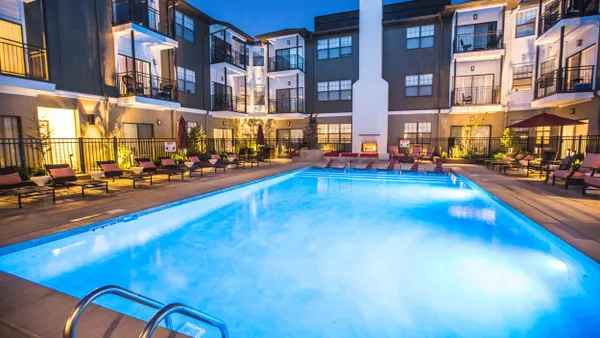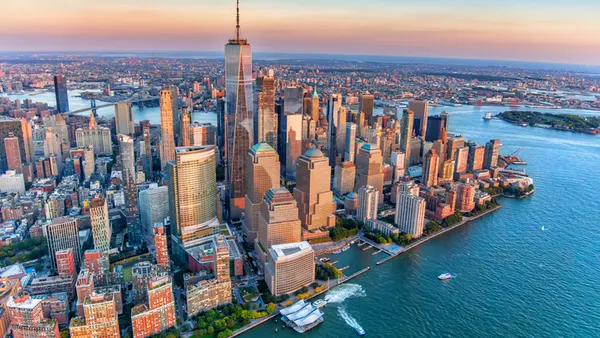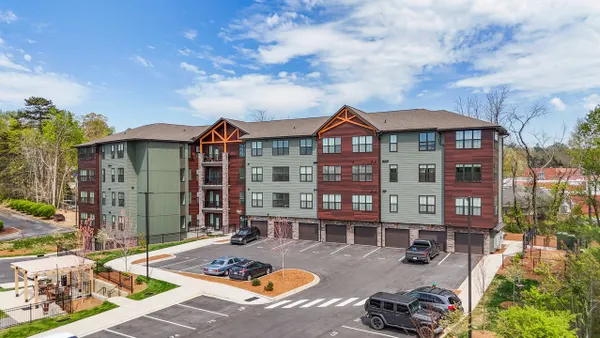It’s no secret that fitness centers have become a baseline expectation in multifamily, right alongside parking, pools and in-unit laundry. But while these amenities are considered essential, on-site gyms are often underused and under-optimized.
According to the 2024 NMHC report, while 70% of residents say a fitness center is a must-have, only 6% use it daily – and nearly half rarely or never step inside. With margins tightening and residents expecting more from their communities, fitness amenities are due for a strategic rethink.
Why Residents Skip the Gym
On the surface, the reasons for low engagement seem straightforward: outdated equipment, limited space or a preference for boutique studios and national chains. In fact, the NMHC study found that 26% of residents cite insufficient or poor-quality equipment as the main reason they avoid their on-site gym.
But deeper conversations reveal something more: today’s residents aren’t just looking for a place to run on a treadmill. They’re looking for experiences and a sense of connection. The latest research from FISA and Murphy Research shows that Gen Z’s fitness motivations are largely social – they want to work out with others and will go where their friends go, even sharing their workouts with their online social world.
“We’ve seen that when the fitness center feels like a dead zone, it doesn’t just impact usage, it creates a perception problem,” says Jeff Moser, Senior Director of Sales at Johnson Health Tech. “People see an empty room with outdated equipment and assume the community is out of touch.”
Reframing the Fitness Center as a Social Hub
As more socially motivated Gen Z and Millennial renters enter the market, the role of community-building in amenity design is becoming increasingly important. Properties are responding with co-working lounges, pet-friendly spaces and curated events. But fitness centers are often left behind. That’s a missed opportunity.

“Fitness is one of the few amenities that can combine personal well-being with social interaction,” says Chris Torggler, General Manager for Vision Fitness. “When designed thoughtfully, it becomes more than just a room with equipment; it becomes a place where residents connect, form habits and build loyalty.”
Communal fitness spaces don’t need to be large or elaborate to make an impact. Thoughtful design choices – like open layouts that accommodate circuit-style training, equipment arranged to support group workouts, or areas designated for instructor-led programming – can dramatically increase engagement.
These updates not only improve the vibe of the space, but they also create shared experiences that drive social bonding. When residents consistently interact with each other in a positive, active setting, it builds a sense of belonging that’s hard to replicate elsewhere on the property.
From Underused Asset to Retention Tool
When fitness centers become places where people want to spend time – not just amenities that look good on a tour – they begin to deliver measurable value. A well-executed fitness space can boost resident satisfaction significantly, increase renewal likelihood and support rent premiums.
At a time when owners and asset managers are working harder to justify every amenity dollar, fitness spaces should no longer be viewed as static, check-the-box investments.
Here are three key takeaways for operators rethinking their fitness strategy:
- Think social: Prioritize layouts and programming that invite interaction. Residents will stay longer if they feel part of a community.
- Use the data: Track what’s being used (and what’s not). Make changes based on resident behavior, not assumptions.
- Design for usability: Choose equipment that’s comfortable, durable and easy to use, because nothing drives down usage faster than frustration.
In the end, the best fitness centers aren’t the flashiest, they’re the ones that work. For the people who use them and for the properties that rely on them to deliver long-term value.
Vision Fitness designs commercial-grade equipment built for real-world movement and real-world durability, so multifamily properties can create spaces that truly perform. Whether you’re refreshing an aging gym or planning a new development, Vision can help you move beyond the basics and build a fitness experience that strengthens your community and your bottom line. Explore more at visionfitness.com.

